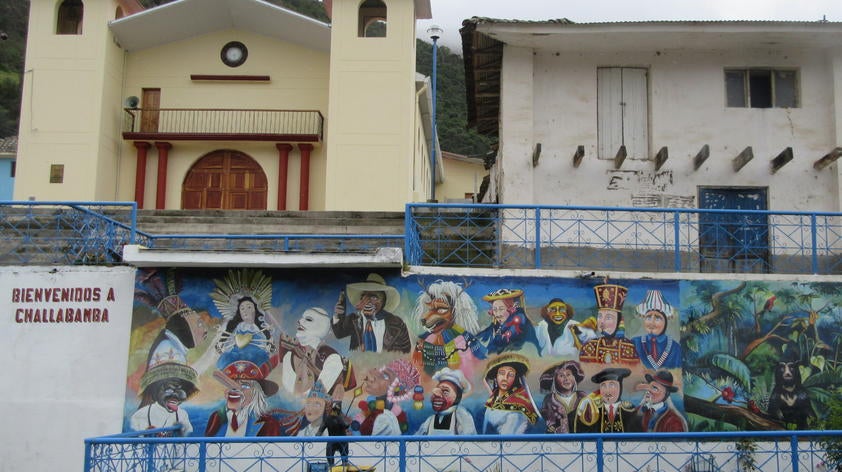
Conserving Andean bears and Andean culture in southeast Peru
Interactions between Andean bears and people may have serious consequences for the bears. The killing of bears in response to damages is thought to be one of the key threats to the conservation of Andean bears. Although these bears are not aggressive towards people, they sometimes raid fields of corn or groves of avocado or attack livestock.
I understand why a rural farmer who has suffered economic pain might retaliate towards a bear. As a scientist who developed in North American culture, this kind of thinking, which is almost mathematical, seems natural to me. Other ways of thinking also affect the conservation of Andean bears.
Anthropologists who study the pre-Hispanic Incan culture emphasize three animals as symbols: the Andean condor, the puma, and the boa. However, after working for years in the heart of the Inca empire, the Cusco region, I’ve seen that the Andean bear remains an important part of traditional culture there.
In the Quechua language of Cusco the Andean bear is called “ukuku”. However, an ukuku is more than a bear and it may threaten more than just economic losses. In the Cusco region there are legends of ukukus capturing women, as portrayed in the 1961 Quechua language film “Kukuli”, based around one of the towns we pass through on the way to our field sites.
At the same time, an ukuku is also a traditional folk figure that shares some traits with trickster gods in other cultures, such as Coyote, Loki, Nanabozho, or Raven. When dressed as an ukuku, a person seems to be perceived as more than a human, but less than a god. They are also simultaneously, somehow, a bear. My training in biology does not help me understand this.
Ukukus, as humans/bears/demigods, play important roles in some celebrations that blend Christianity with older beliefs. Before the arrival of Europeans, snow-capped mountains in the Peruvian Andes were sacred sites. Ukukus still link believers to a glaciated mountain during one of the largest annual ceremonies in southeast Peru: the pilgrimage of Qoyllur Rit’i (Star of the Snow).
In this event, thousands of the faithful walk for miles in an overnight pilgrimage up a high elevation valley. From the main encampment, costumed ukukus used to hike to the glacier, harvest ice, then bring it down the mountain to be used as holy water. I’ve been telling myself for 10 years that someday I will find a way to participate in the pilgrimage of Qoyllur Rit’i, but I have missed out on the full experience. Ukukus continue to play a key role in this expression of belief and culture but something critical is now missing: ice. The glaciers have retreated as the climate has changed so, after hundreds of years of pilgrimages, to conserve the ice that is left the ukukus have stopped collecting ice.
The ice may be gone before I walk for Qoyllur Rit’i. I may never fully grasp everything that an ukuku can symbolize to a traditional Andean highlander. However, I hope that efforts to conserve Andean bears are successful enough that in 100 years the ukuku still has meaning to Andean people in southeast Peru.













